SMSL is mostly known for its great budget offering, but M400 is on the higher end of their line with a price tag of $810. This particular model has been praised around the web for its sonic qualities quite a bit, and I was certainly curious to try it out myself. Well, thanks to a friend who lent it to me I was finally able to.
Build and Connectivity
SMSL M400 is not a small, palm-sized DACs like its smaller and cheaper cousins. That said, it’s not particularly chunky either if we’re talking about a HiFi rack, but it is big enough for me to lack the space for it on my cramped desktop. The frame is built of aluminium, while the top is some sort of glossy acrylic material. It could be tempered glass too, but I’m certainly not eager to scratch-test it.
On the back, we find a very rich selection of digital inputs that includes USB, optical, coaxial, I2S over HDMI, and finally a Bluetooth antenna. This, I believe, covers most of the needs an average user could ever need. In the output section, things look good too. There are usual single-ended RCA outs as well as balanced XLR ones. Both of these can be used as fixed-level outputs or as variable ones, meaning that you can use M400 as a preamp too. That brings us to the front panel where we find a volume knob with the button in the middle of it. An LCD display sits next to it, it’s easily readable and with dimmable brightness. I have to give a point to SMSL for this one since there’s nothing more disturbing to my eyes when I listen to the music late in the evening than a blindingly bright display.
The remote control is also provided. It’s small and made of plastic, but it’s functional and responsive.
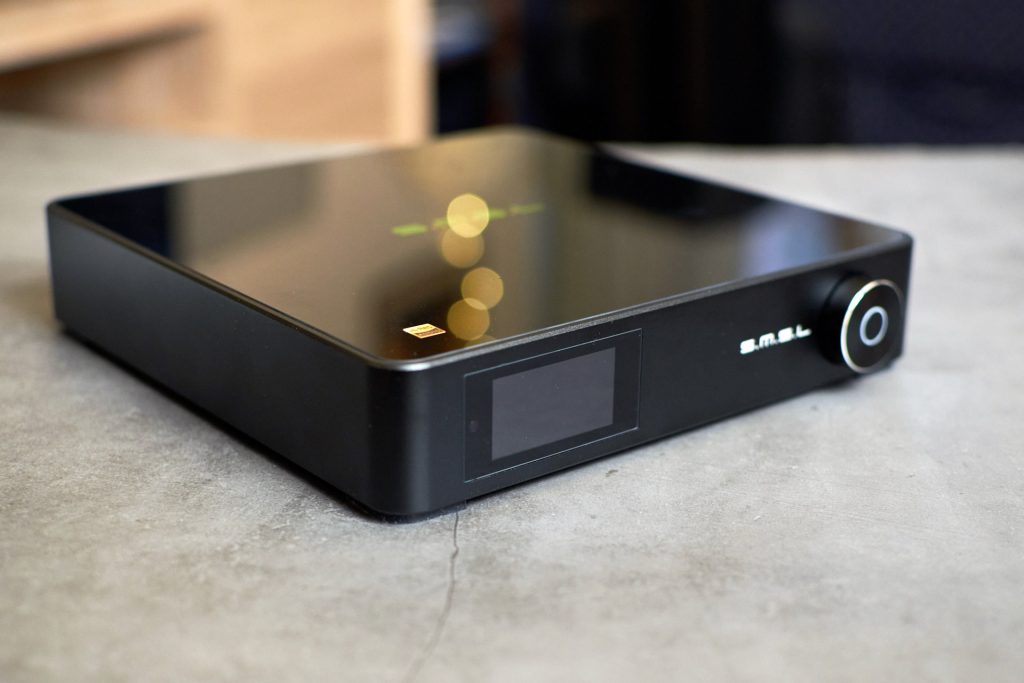
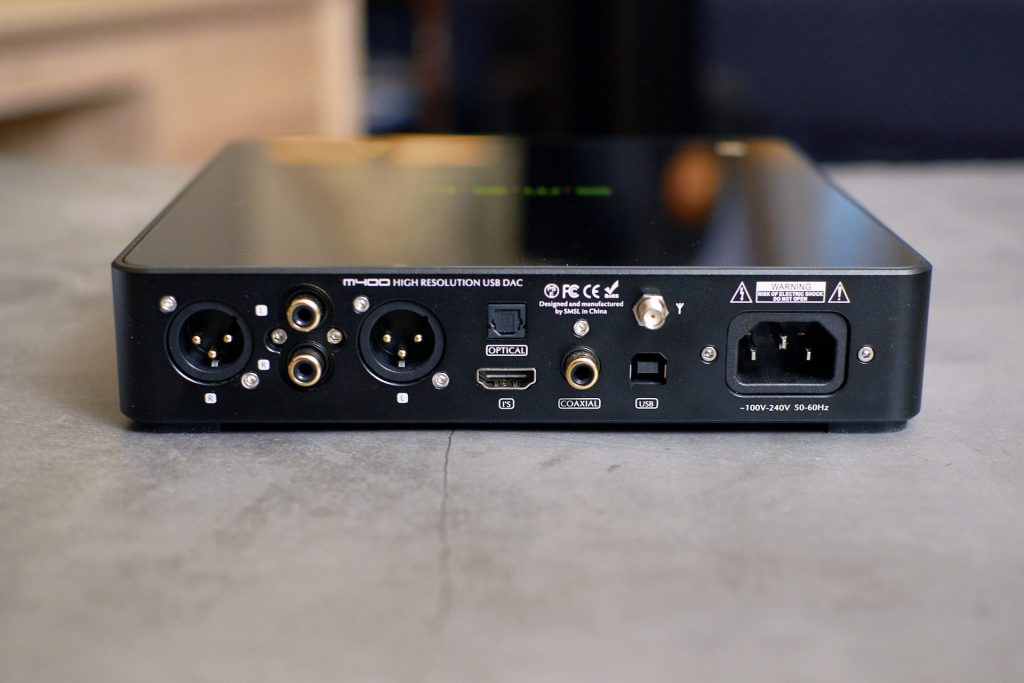
Features
SMSL M400 uses a flagship Asahi Kasei D/A conversion chip AK4499. The USB input uses the second generation XMOS XU216 and I don’t think there’s any format I could think of that’s not supported. That includes both PCM and native DSD all the way to insanely high bit-rates and sample-rates that are not even really used in the music industry. MQA unfolding is fully supported too if you’re into Tidal and their compressed Hi-Res files. Finally, Bluetooth supports LDAC, APTX / HD, SBC, AAC, and UAT formats.
SMSL will let you choose between using M400 in a DAC mode with fixed level outputs, as well in a preamp mode with 80 steps of attenuation. Furthermore, there’s a selection of digital filters you can use (note: digital filter is a necessity of Delta-Sigma D/A conversion and it’s always used in a DAC, but most of the time the manufacturer chooses the one, and it’s not possible to change it). I’ll not go into details about sonic differences of different filters, try it for yourself and decide which one suits you the best.
Sound
SMSL M400 has a familiar sound signature, very similar to the one I observed in the brand’s much more affordable model Sanskrit 10th MKII, but make no mistake this is a higher class product that simply sounds bigger, bolder, and better.
I fed SMSL M400 with a signal from Raspberry Pi streamer with Allo DigiOne HAT. On the other side, it was connected to my Cyrus 8vs2 integrated amp and KEF LS50 speakers. DAC’s sound signature immediately revealed itself as very smooth and slightly warm. Starting with the bassline, it felt weighty and voluminous, but somewhat softer in character. This impression continues with the upper bass region which is adding a very pleasant warmth to the midrange. In return, all vocals sound big, lush, and seductively smooth. The same goes for all of the instruments, and I was simply enjoying how full and chocolaty Mark Knopfler’s guitar fingerpicking sounded. The highest spectrum carries on with similar qualities. This DAC doesn’t sound particularly dark and if there’s a sense of air in the recording it will retrieve it, but it’s refusing to ever sound harsh or edgy in any way. Now don’t get me wrong here, there’s plenty of precision and snappy notes to be found here, but M400 is just not that eager to dig into that last layer of fine texture. It prefers to sound liquid and smooth instead.
SMSL M400 is capable of some fine layering with both vocals and instruments having enough room to breathe. In my room, it treated me with very decent soundstage depth too. In terms of energy and overall dynamics, this DAC is no slouch. The presentation is lively and engaging, and quite bold when it needs to be.
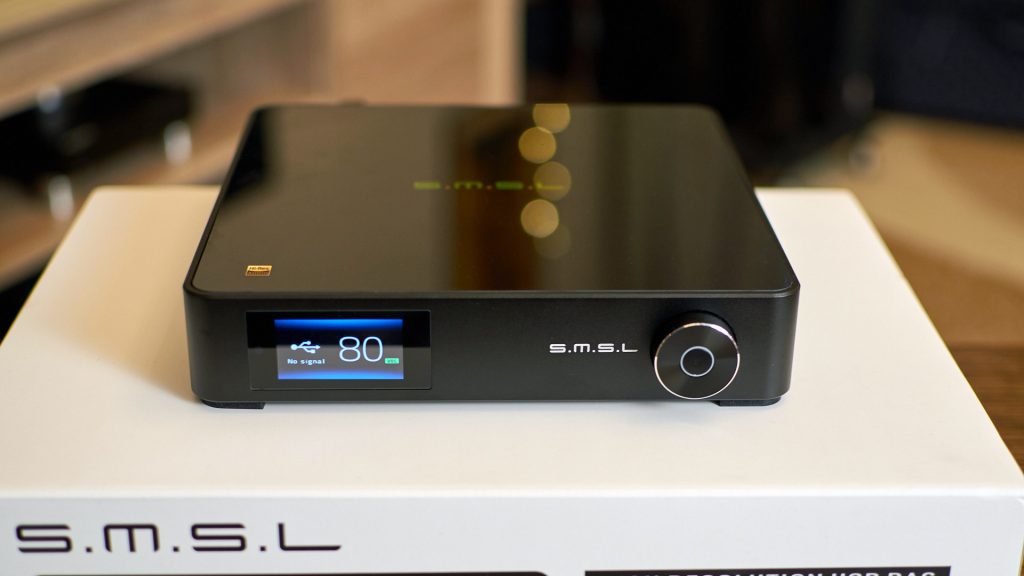
Comparisons
Schiit Modi Multibit is the cheapest multibit (R2R if you will) DAC on the market. It sounds very full and lush in the midrange, but it feels even warmer and more padded. It sounds almost bloomy next to the M400 which is just more precise and energetic. M400 is also clearly more capable when it comes to layering and soundstage depth. It’s a much more expensive DAC so this is expected, but it’s always nice to confirm that you’re getting what you’re paying for.
Denafrips Ares II is another R2R DAC, but a much better competitor. Ares II packs a decent amount of heft in the bassline that feels firmer too. Midrange and higher registers are slightly brighter and airier, able to dig more texture too. SMSL M400 punches back with a smoother and glossier presentation. When it comes to soundstaging, Ares II is the more capable of the two, throwing wider and deeper scene. Both DACs are very capable but ultimately different in their approach. I do prefer Ares II for its firmer and airer sound, but in a different system and with a different set of ears I can easily imagine M400 being somebody’s first choice.
Conclusion
SMSL M400 is a great product. It’s feature-rich and it sounds great too, almost seductive. There isn’t a single thing M400 does bad, its skillset is divided into things it does well and things it does extremely well. This is a DAC perfectly capable of taking its place as a source in an advanced level system. Even if you hear me saying that I slightly prefer this or that DAC, make no mistake – I could easily live with SMSL M400 in my own system, knowing it will not going to be the weak point for a long time.
UPDATE 2: Few score points were knocked off since the initial review due to the arrival of new competitors such as SMSL M500 MKII and Musician Pegasus.
| SMSL M400 – CHARACTERISTICS |
|
Input:USB / Optical/ Coaxial/ I2S / Bluetooth |
| SMSL M400 – CHARACTERISTICS |
|
Input:USB / Optical/ Coaxial/ I2S / Bluetooth |
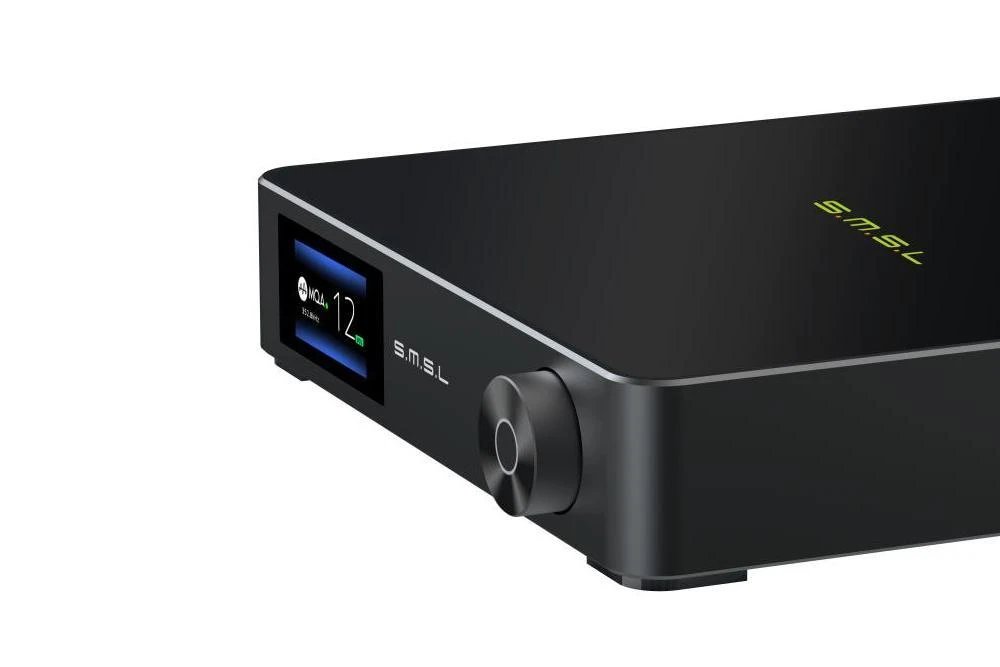

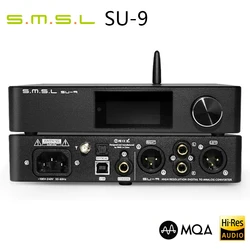



Is this M400 better then the VMV D1SE
I haven’t had a chance to try VMV D1SE so can’t help here.